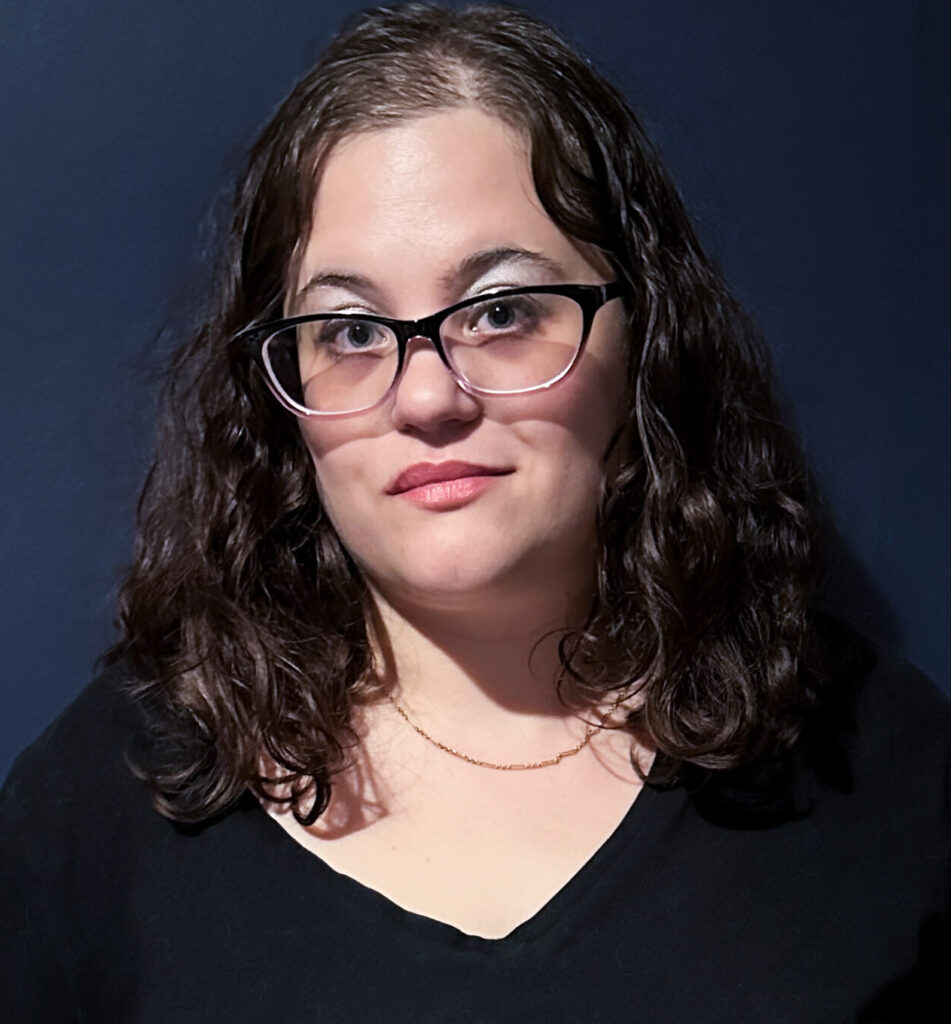
As a misophonia sufferer and accessibility advocate, I was hopeful that the official release of iOS 26 would fix the sensory issues I encountered in the beta. Unfortunately, the full release has not addressed my concerns, and in many ways, the software remains a frustrating and difficult experience for those with sensory processing disorders and other accessibility needs.
In the beta, I noted that the new “Liquid Glass” UI, with its highly transparent menu bars and aggressive layout shifts, felt “jittery and aggressive.” My initial concern was that the inability to turn off or change these visual features would make the new operating system disorienting and dizzying. With the full public release, these issues have not been resolved. The content still shifts behind the translucent menu bars, which can be particularly challenging for people with sensory disorders or attention problems. This has made the experience of using a device with iOS 26 so difficult that I, and others I have spoken with, have felt the need to downgrade to an older, more stable version of the operating system.
While Apple has included options to Reduce Transparency and Reduce Motion, these are not a complete fix. They do not fully eliminate the problematic visual shifts, forcing users to choose between a visually jarring experience and a less performant one. The very features that were supposed to give the operating system a “fluid” feel are the same ones that cause discomfort and frustration for a significant portion of the user base.
The most frustrating part is the apparent lack of consideration for these issues in the final product. While some new accessibility features were added, they fail to make up for the core usability problems introduced by the Liquid Glass design. It’s a disappointment to see Apple, a company that has historically championed accessibility, release a major software update that feels like a step backward for millions of users who rely on visual clarity and a calm interface.
If you are looking for misophonia coping skills, you can go here to see coaching (worldwide) and here to see therapy (Canada) options with Shaylynn Hayes-Raymond. Shaylynn also offers both live and on-demand webinars for misophonia.







